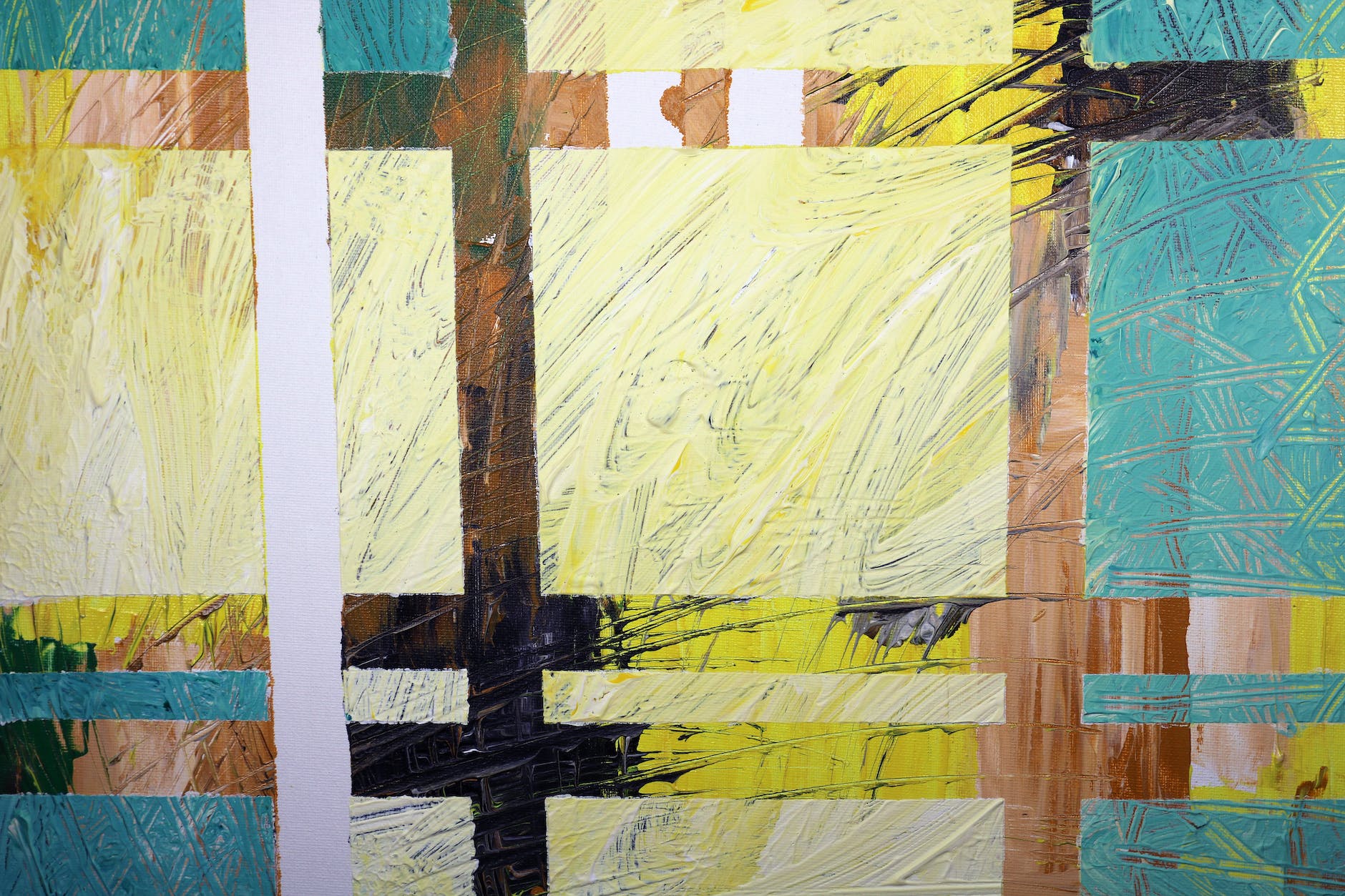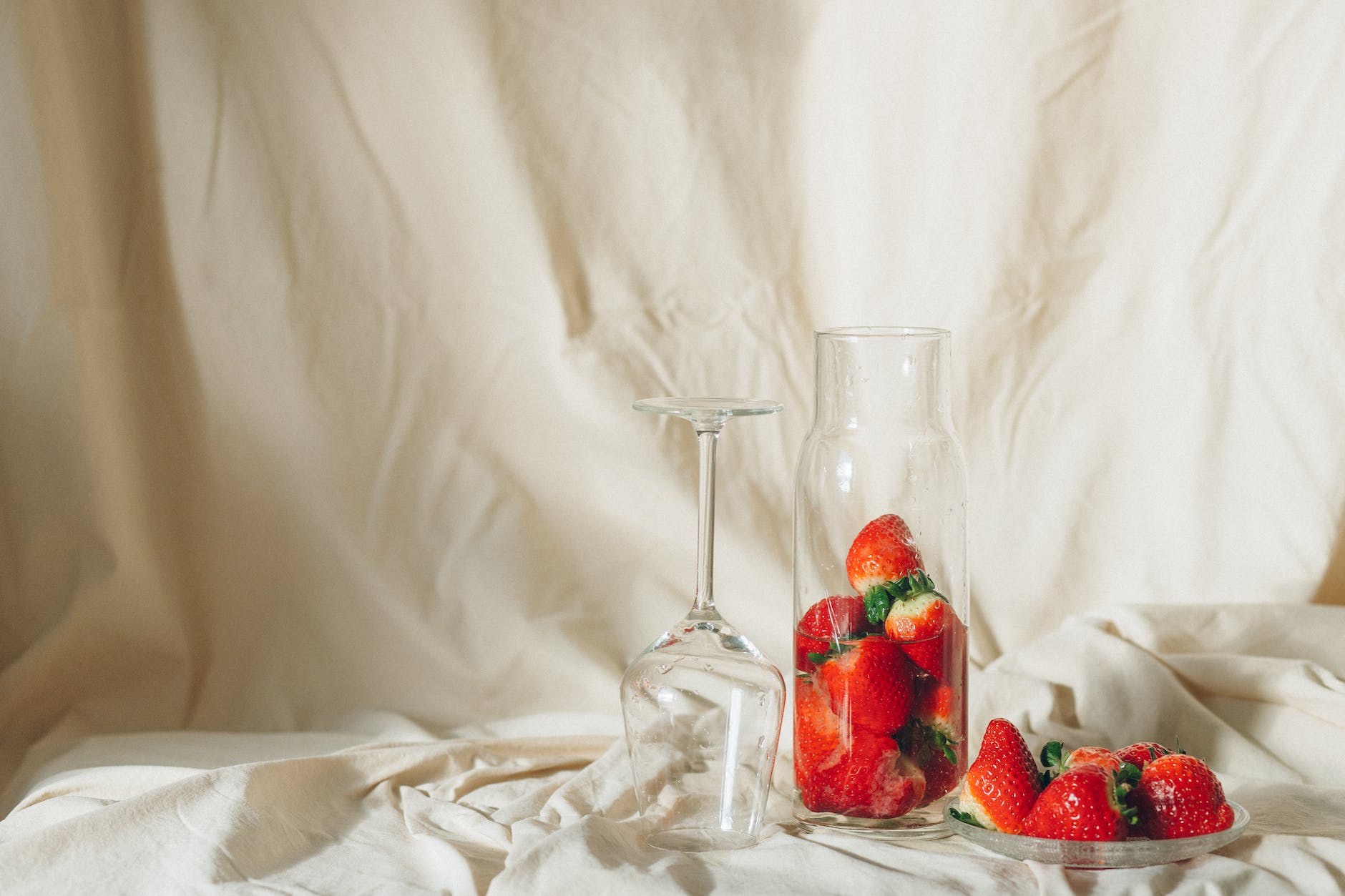Psychedelic art is an imaginative, stimulating, and often hypnotic classification of visual artworks. It flourishes on trippy patterns, vibrant colors, surrealism, and optical illusions. This art form, dating back to the cultural revolution of the 1960s, has abundantly carried its vibrancy and peculiarity to the digital art age, embracing techniques such as digital manipulations and fractal art.
Psychedelic art invokes a spatiotemporal distortion, engendering a sense of extended consciousness. It is largely inspired by Surrealism, a 20th-century avant-garde movement that aimed to resolve the contradictory conditions of dream and reality. A Traditional form of expression such as surrealistic paintings gives way to odd juxtapositions and non-sequitur; however, many artists nowadays exploit both traditional and digital media to construct these distinctive artworks.
Fundamental to psychedelic art lies the creation of trippy patterns. These are usually intricate, complex designs inspired by nature, geometry, or even spiritual and mythical symbols. Artists often use these patterns to create a rhythm in the artwork, guiding and alluring the viewer’s gaze into different parts of the composition. Vibrant colors are paired closely with these paradoxically controlled and chaotic patterns. With their high contrast and unconventional pairings, these colours induce an intense sensory experience, enhancing the illusion of depth and the artwork’s overall hypnotic quality.
Another distinct technique is mandala art. Mandala is a spiritual and ritual symbol from Hindu and Buddhist traditions, representing the universe. In the context of psychedelic art, mandalas are used to fabricate captivating, intricate designs. These designs often possess a degree of symmetry and balance, promoting patterns that trigger a hypnotic effect.
Furthermore, the recurrence of kaleidoscopic imagery is quite prevalent. This includes repetitive geometric shapes, fractal art, and symmetry, often exhibiting a hallucinatory or dream-like quality. Fractal art in particular, is a complex method where simple shapes or sets are multiplied to create intricate, self-repeated patterns.
The leaps in technology have led to a significant rise in digital manipulations in the realm of psychedelic art. These manipulations, achieved through software, have widened the creative horizon of artists. Tools now allow for manipulated realities and abstract expressionism, extending far beyond the capacity of traditional tools.
Abstract expressionism – characterized by the emotive display of brush strokes, textures and colors – has seeped into the psychedelic art sphere as well. Abstract expressionism served as an earlier inspiration for the spontaneous and non-representative elements of psychedelic art. In today’s digital age, this style finds its place in the creation of spontaneous digital brush strokes, manipulation of digital textures and independent, vibrant hues.
In conclusion, psychedelic art is an extraordinarily vivid and mind-altering form of artistry that fuses both traditional and digital techniques. With its roots in the counterculture of the 60s, it has evolved extensively over the years, absorbing trippy patterns and vibrant colors from surrealistic paintings, the balance of mandala and kaleidoscopic imagery, the intricacy of fractal art, and the spontaneous nature of digital manipulations. Its witness to abstract expressionism and the freedom of digital art tools have further expanded its artistic horizons. The evolution of psychedelic technique continues, making this genre an ever-expanding tapestry of psychological exploration and creativity.






